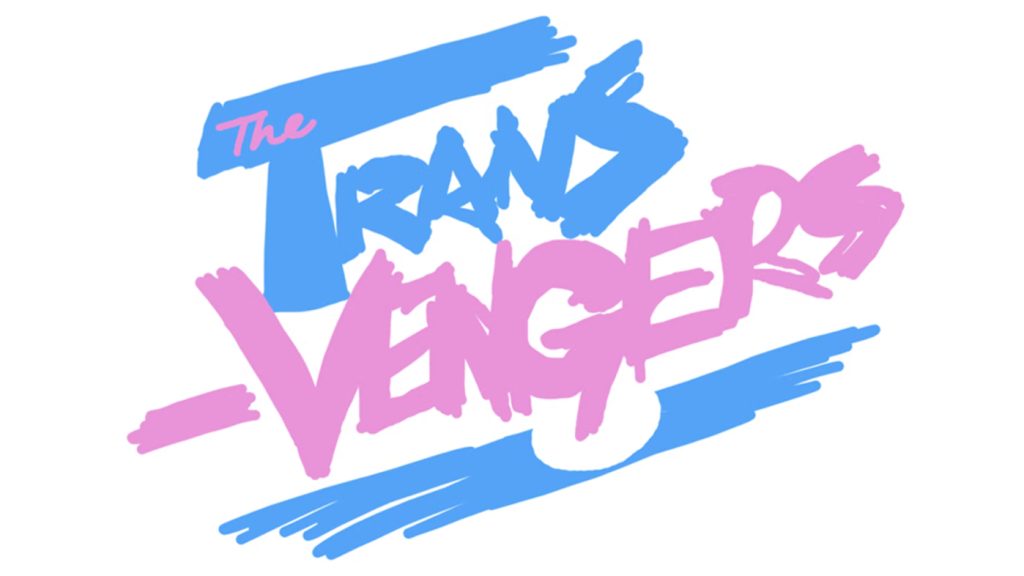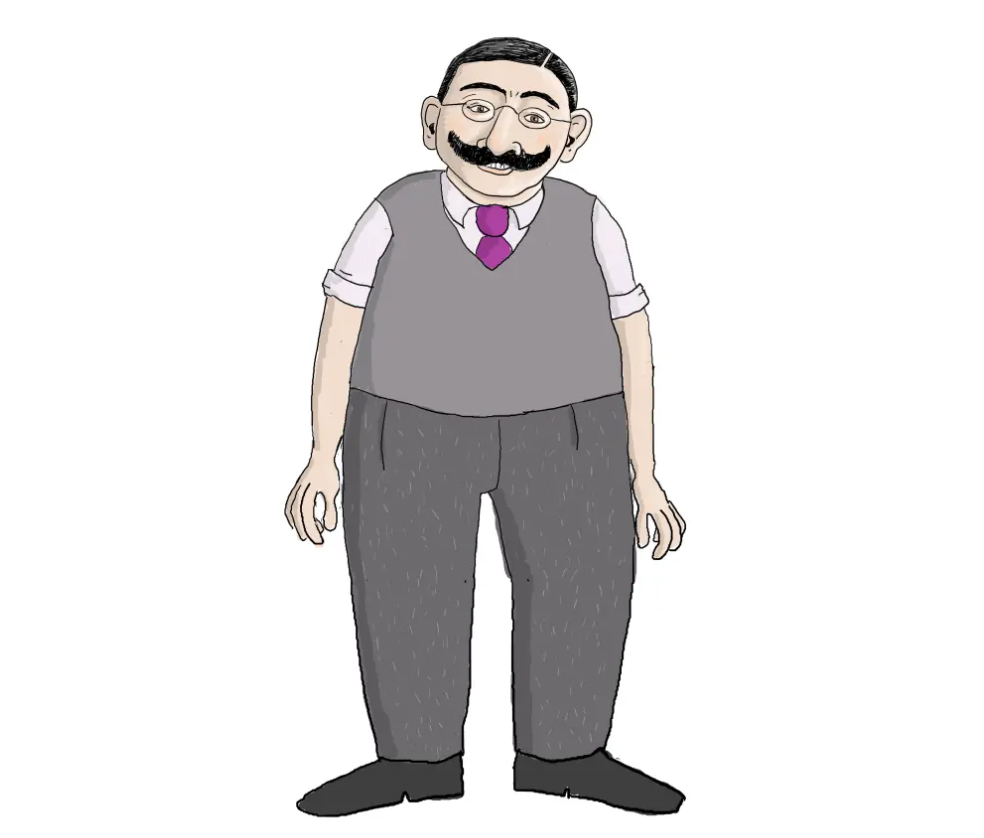LGBTQIA+ stories have often been left out of mainstream history. Our Hidden Histories Trail makes some of them more visible at the National Museum of Scotland. As one of the young people involved in bringing the trail to life, Ivy Edwards reflects on her relationship with museums and how museums must present a more inclusive view of history.
My relationship with museums over the past twenty years has been an interesting one. Positive? Overall, very much so. But also complex, thought provoking, cynical. At times critical even. Not of what they are and provide, of course. As a kid, I loved an entertaining day out to the museum, learning about fascinating time periods, technology, science and cultures, all with the option of a trip to the gift shop for branded pencils seldom used.
No. My cynicism comes from what museums can represent.
On one hand, museums are a celebration of knowledge, of our past accomplishments and a look at how far we, as a species, have come. But in other ways, they are monuments to our cruelty in the name of dominance and expansion, sanitised to hide dark secrets.
How is history sanitised? The answer is simple. Omission (whether deliberate or not). Simply leave out the bits that paint a subject in a negative or questionable way. It is not a lie it is just not stated openly. Merely perception. And the cycle continues, with more of this information lost to time itself. Hidden. Harder to corroborate as fact and harder to challenge what is peddled as truth absolute.
And it is those considered to be in society’s most vulnerable, marginalised groups who are the victims of this omission. Those questioning their identity and seeking acceptance in the world, a world in which some factions currently see and treat them as an aberration or problem that needs to be fixed. A world that dubs a minority’s entire right to existence as “a debate” to be argued about on tv, without inclusion in said conversations, or the decency to be treated as people. Reduced and dehumanised to little more than a topic.
And these sentiments are nothing new. They now just take on a different form. “Well, we don’t have the evidence for this.” “It’s only been around a short period of time.” “Oh, it’s a fad that they will grow out of.” These are commonplace sentiments aimed at LGBTQIA+ people every day, rampantly building up over the last few years.
Maybe if the Institut für Sexualwissenschaft and all its research papers had not been burned down in 1933 by the Nazis, some would not be calling the existence of trans people a new phenomenon. A quick look into other cultures, from the Fa’afafine of Samoa, Two-spirit communities in North America, and the Māhū of Hawaii, we can see that gender diversity and expression are not as rigid as some people would have us believe.

These groups are and have been respected and celebrated within their communities for centuries, rather than sensationalised or vilified by controversial shock jocks, whose actions, by singling out and targeting one section of the community, negatively impact everyone.
Over the last one hundred years, we have been regressing, as well as progressing, in some areas. The work of Magnus Hirschfeld challenged so many pre-conceived notions of gender and sexuality, including the fact that trans people can be both hetero- and homosexual (a concept that still baffles some people today).

In 2019/2020, I was part of a team of young people commissioned by National Museums Scotland to create a Hidden Histories tour that would be launched during Pride Month 2021, to celebrate the LGBTQIA+ voices and stories of the past that had been omitted.
Among those we discussed was the story of Alan Turing. The museum has an entire area dedicated to the development of technology and computer science, as well as an original Enigma machine, but there was no reference to this significant pioneer in the field and war hero.

This gallery takes a specific approach to interpretation: it’s all about the objects, not about the people behind them. Whether or not you think that’s the right approach, it’s resulted in the omission of Alan Turing’s story (which we eagerly took the opportunity to include in the trail). This lack of representation feeds into the idea that despite all the good that came from his work and the countless lives it helped to save, we as a nation are still ashamed. Ashamed, consciously or otherwise, of the actions of a homophobic legal system, which caused the premature death of a forty-one-year-old man, and incarceration of many more innocents. Alan Turing received the Queen’s pardon in 2013. A posthumous pardon, for all the comfort that provides.
Airbrushing our discomforts is not good enough. We deserve better from museums and institutions. This cherry picking of history and content not only reduces the narratives to a select few, but also allows misinformation and lies to spread unchecked. If we do not accept this fact, then we sleepwalk back into darker and uncertain times. That is something nobody truly wants.
But for all my cynicism, there is one thing that beats in the darkness. One thing that can never truly be destroyed. Hope. The fact that the museum reached out to us in the first place, with a willingness to expand the project further, and work with other underrepresented communities, is fantastic.
They were a delight to work with, and I’m so pleased the LGBTQIA+ Hidden Histories Trail is able to showcase Alan Turing’s story, among others. I look forward to seeing what comes next. And I hope this project has made a positive difference, reminding naysayers that LGBTQIA+ people have always been here, and we will continue to be here.
We have always been here
We have always been here,
Hidden in the background,
Like a secret you wish to conceal,
But can never quite silence.
We have always been here
A persistent truth you failed to remove
Despite the bleach-stained version of history
You try in vain to package and sell
We have always been here
Listening anxiously with open hearts
For the day we can just be ourselves
In all our glorious, beautiful PRIDE
We will always be here
No matter how hard you try
To tear us down with
vitriol, hate and lies
We have always been here
AND
Here, always, we will be
Ivy is an amateur writer, poet and performer. When she is not working as digital comms assistant for YWCA Scotland and a participant of the Young Scot’s Scotland 365 project, she is a passionate historian, archivist, blogger, and comic book fan.
LGBTQIA+ stories have often been left out of mainstream history and we are keen to make them more visible through stories told by our objects, LGBTQIA+ voices in the museum and by bringing in external perspectives. Explore the stories so far.
And if you want to help us tell these stories, send us a pitch!
